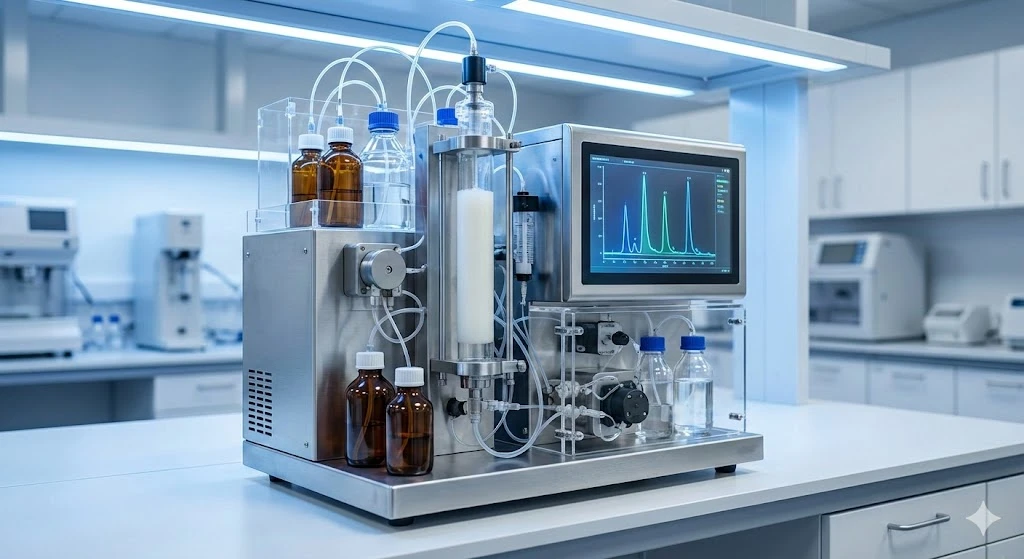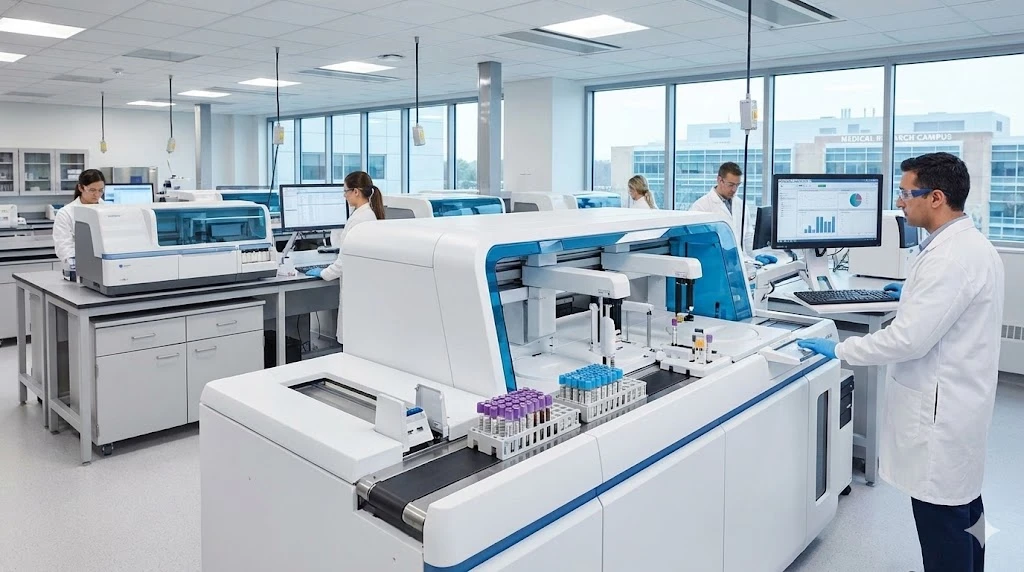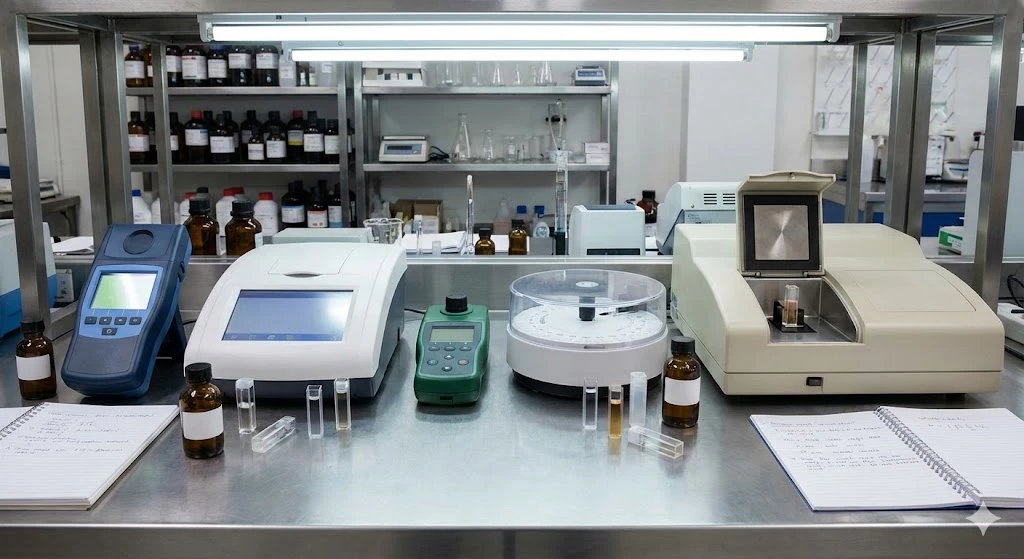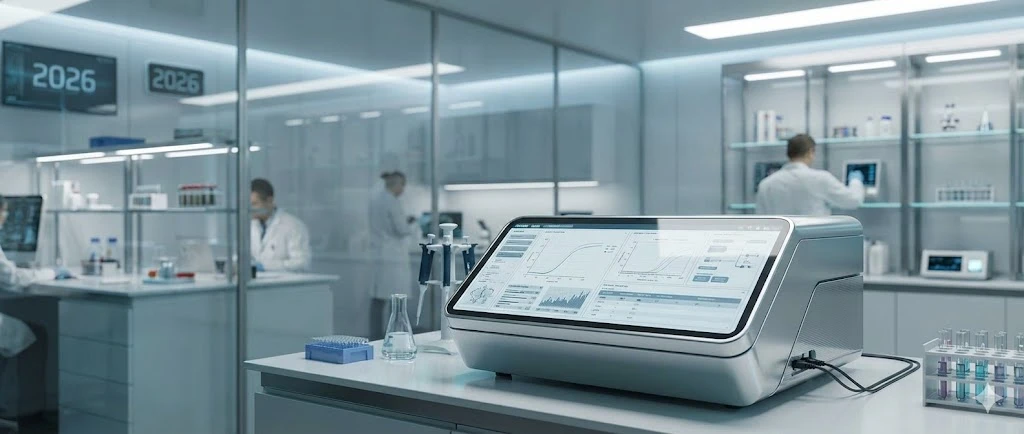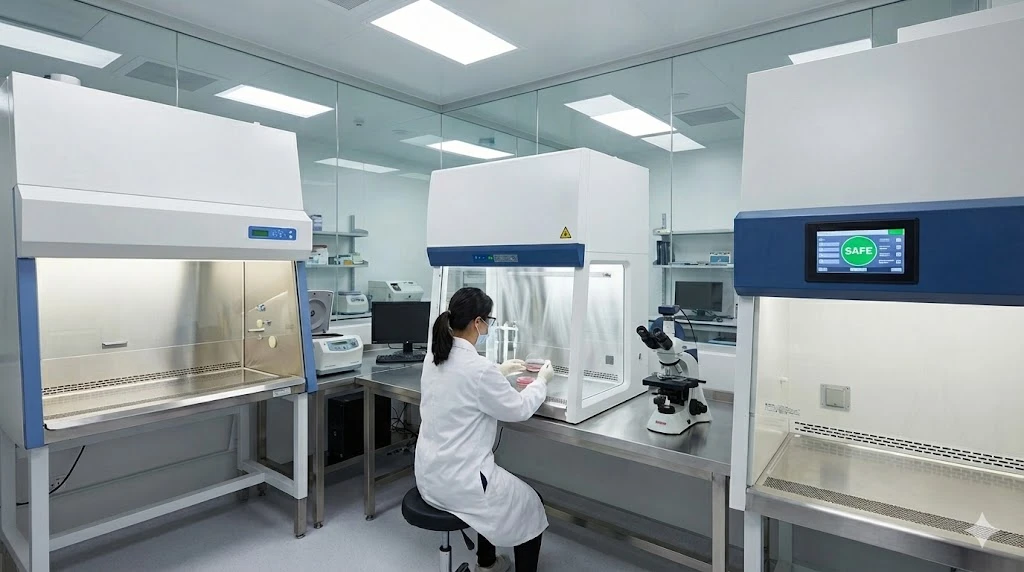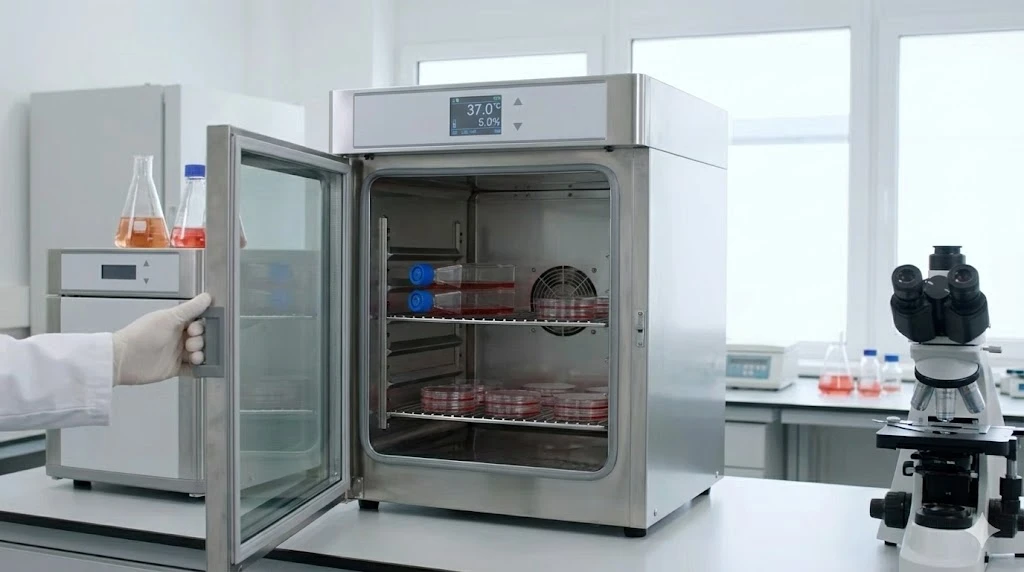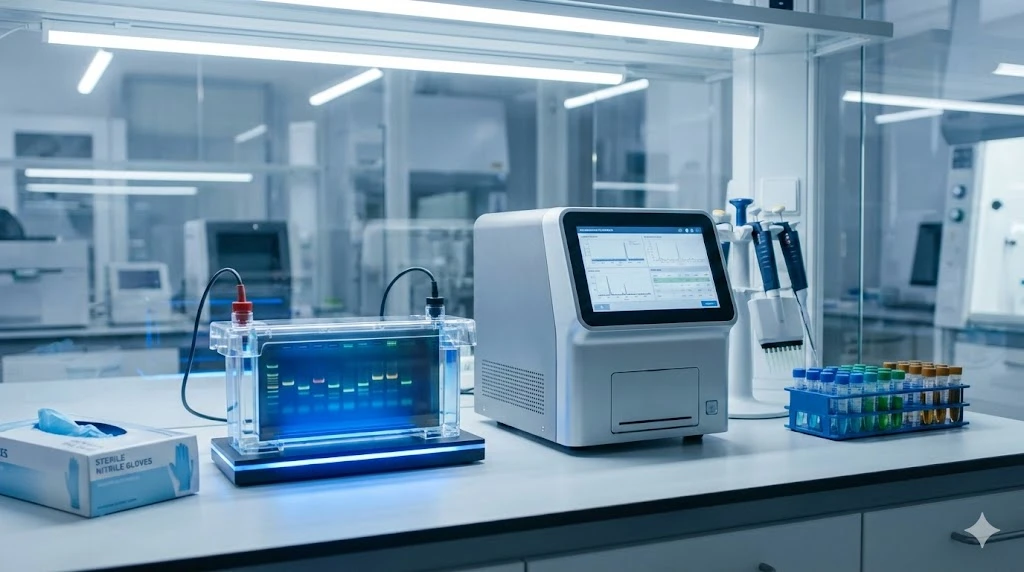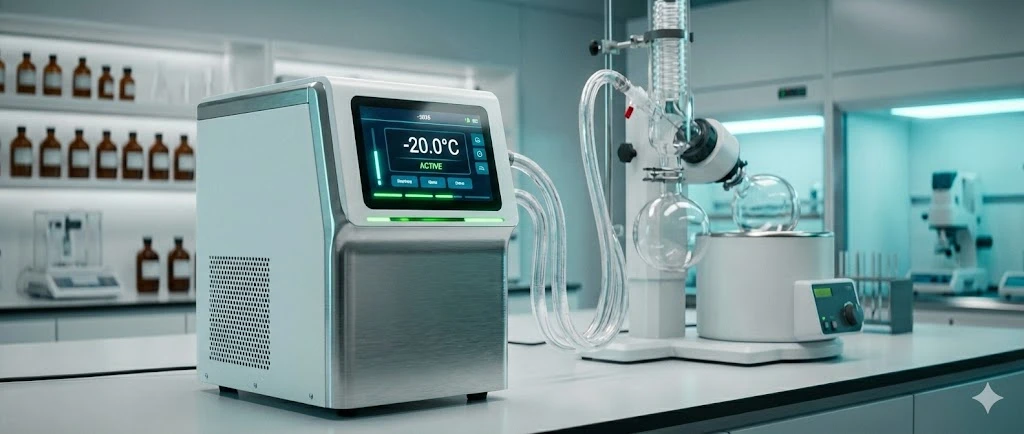The Best ULT Freezers of 2026: Top Picks for Research, Clinical & Industry Labs
For laboratory professionals, the integrity of long-term research depends on the reliability of ultra-low temperature (ULT) freezers. As 2026 approaches, the market for ULT freezers has shifted toward intelligent monitoring, sustainability, and connectivity to ensure sample safety. Whether managing a high-throughput biobank or a small academic lab, selecting the appropriate cold storage solution is critical for minimizing operating costs and preventing equipment failure. This guide analyzes the top-performing models of the year to assist in the decision-making process. Best Overall: Thermo Scientific TSX Universal Series — Combines universal voltage compatibility, silent operation, and consistent performance. Best On A Budget: Haier Biomedical Salvum Series — Offers cost-effectiveness with green hydrocarbon refrigerants and temperature stability. Best For Sustainability: PHCbi VIP ECO SMART — Features inverter compressors and advanced security options like facial recognition. Best For Energy Efficiency: Stirling Ultracold SU780XLE — Utilizes Stirling engine technology to deliver low energy consumption per liter. Best For Ergonomics: Eppendorf CryoCube F570h — Designed with the PhysioCare Concept® to improve ease of use and reduce physical strain. Price Range: $22,000 – $28,000 Best For: Overall Performance & Reliability The TSX Universal Series, a platform update released in 2024, is a notable option for laboratory cold storage. It is designed as a "universal" solution, capable of operating on any voltage (100V–230V) directly out of the box, which simplifies logistics for international facilities. A primary feature is the V-Drive variable-speed cooling technology, engineered to adapt to usage patterns and maintain temperature uniformity without the noise or energy fluctuations often associated with fixed-speed compressors. Key Specs Capacity: 549 L to 950 L (approx. 19.4 to 33.5 cu. ft.) Temperature Range: -40°C to -86°C Voltage: Universal (100-230V, 50/60Hz) Noise Level: Low noise operation (<44 dBA) Refrigerants: EPA SNAP-compliant natural refrigerants Performance & Applications
The TSX Universal is built for environments where operational consistency is a priority. The reported door-opening recovery time supports biobanks and clinical labs where freezers are accessed frequently. The quiet operation allows for placement directly in workspaces rather than dedicated equipment corridors, making the unit suitable for genomic centers and pharmaceutical R&D labs requiring immediate sample access. Price Range: $16,000 – $22,000 Best For: Sustainability & Smart Security Launched in late 2023, the VIP ECO SMART integrates PHCbi’s inverter compressor technology with modern IoT capabilities. This model is distinguished by advanced security features, including facial recognition and NFC (Near Field Communication) entry, restricting access to authorized personnel. It utilizes natural refrigerants and smart inverters, which the manufacturer states reduce energy consumption by approximately 30% compared to conventional models. Key Specs Capacity: 528 L to 729 L (18.6 to 25.7 cu. ft.) Security: Facial recognition, Keypad, NFC, Electric Lock Insulation: VIP PLUS vacuum insulation panels Display: 10.1-inch high-resolution color touchscreen Warranty: 5 years parts and labor Performance & Applications
This freezer serves core facilities and shared laboratory spaces where tracking user access is necessary. The integrated smart panel logs door openings and temperature fluctuations, facilitating audit trails for GxP and GMP-compliant environments. The focus on efficiency and reduced heat output helps lower the load on facility HVAC systems, aligning with institutions pursuing sustainability goals and "green lab" certifications. Price Range: $18,000 – $24,000 Best For: Energy Efficiency & Versatility The Stirling Ultracold SU780XLE functions without a standard compressor. It is powered by a free-piston Stirling engine, a mechanism that continuously modulates cooling capacity. This technology enables the SU780XLE to operate effectively across a wide temperature set-point range from -20°C to -86°C. It is frequently cited for maintaining low energy consumption per cubic foot of storage. Key Specs Capacity: 780 L (27.5 cu. ft.) Temperature Range: -20°C to -86°C Technology: Free-piston Stirling engine (no compressor) Energy Use: <7 kWh/day at -75°C (standard operation) Footprint: High-density storage in a smaller physical footprint Performance & Applications
With the ability to hold steady temperatures at -20°C, -40°C, or -86°C, the SU780XLE offers versatility for biorepositories that may repurpose units for different study protocols. The energy profile suits facilities with limited power capacity or those operating on backup power grids. Laboratories working with specific temperature protocols or energy efficiency mandates often utilize this model. Shop Stirling Ultracold on LabX Price Range: $12,000 – $18,000 Best For: Budget & Value Haier Biomedical updated the Salvum series (Smart Frequency models) through 2024 and 2025 to include features typical of higher price points. The DW-86L series utilizes hydrocarbon refrigeration systems to achieve energy savings. It is positioned as a cost-effective option that maintains essential safety features, including temperature stability and a comprehensive alarm system. Key Specs Capacity: Ranges widely from 338 L to 959 L Refrigerant: HC (Hydrocarbon) Natural Refrigerant Display: Intelligent LCD Touchscreen Alarms: High/Low temp, sensor error, power failure, door ajar Interface: USB interface for 10-year data storage Performance & Applications
The Salvum series functions as a standard solution for academic research labs and startups operating on restricted budgets. It provides the necessary thermal stability for long-term storage of DNA, RNA, and protein samples. The straightforward design and construction make it suitable for general-purpose storage where extensive connectivity features may not be required. Price Range: $15,000 – $21,000 Best For: Ergonomics & User Experience Eppendorf incorporates the PhysioCare Concept® into the CryoCube F570h to address user experience. While some ULT freezers can be difficult to open due to vacuum seals, the F570h features an ergonomic handle and automatic vent port designed for easier opening. This model aims to balance energy efficiency with accessibility, reducing the physical effort required for daily interactions. Key Specs Capacity: 570 L (20.1 cu. ft.) Pull-down time: Fast recovery to -80°C Handle: Ergonomic door handle requiring minimal force Interior: 5 compartments with insulated inner doors Noise: Low noise output Performance & Applications
The CryoCube F570h is appropriate for labs with high staff turnover or students, as the design mitigates the risk of user error, such as doors being left ajar. It is commonly used in cell culture and microbiology labs where samples are retrieved manually. The emphasis on ergonomics assists in preventing repetitive strain, a factor for high-volume labs processing many samples daily. Model Best For Key Features Typical Price Range Thermo Scientific TSX Universal Overall Performance Universal voltage, V-Drive adaptive cooling, 12-year compressor warranty $22,000 – $28,000 PHCbi VIP ECO SMART Sustainability & Security Facial recognition, smart inverter, 30% energy reduction $16,000 – $22,000 Stirling Ultracold SU780XLE Energy Efficiency Stirling engine (no compressor), wide temp range (-20°C to -86°C) $18,000 – $24,000 Haier Biomedical Salvum Budget & Value Hydrocarbon refrigerants, 10-inch LCD, USB data logging $12,000 – $18,000 Eppendorf CryoCube F570h Ergonomics PhysioCare handle design, easy-open vent, vacuum insulation $15,000 – $21,000 Selecting the best ULT freezer for 2026 involves balancing initial capital cost with long-term operating expenses and sample security. While the Thermo Scientific TSX Universal provides adaptability and quiet operation, the PHCbi VIP ECO SMART offers specific advantages for secure facilities. For labs focused on carbon footprint reduction, the Stirling Ultracold SU780XLE is a notable competitor. Prioritizing energy-efficient models with natural refrigerants ensures compliance with environmental regulations while maintaining sample integrity. This article was created with the assistance of Generative AI and has undergone editorial review before publishing.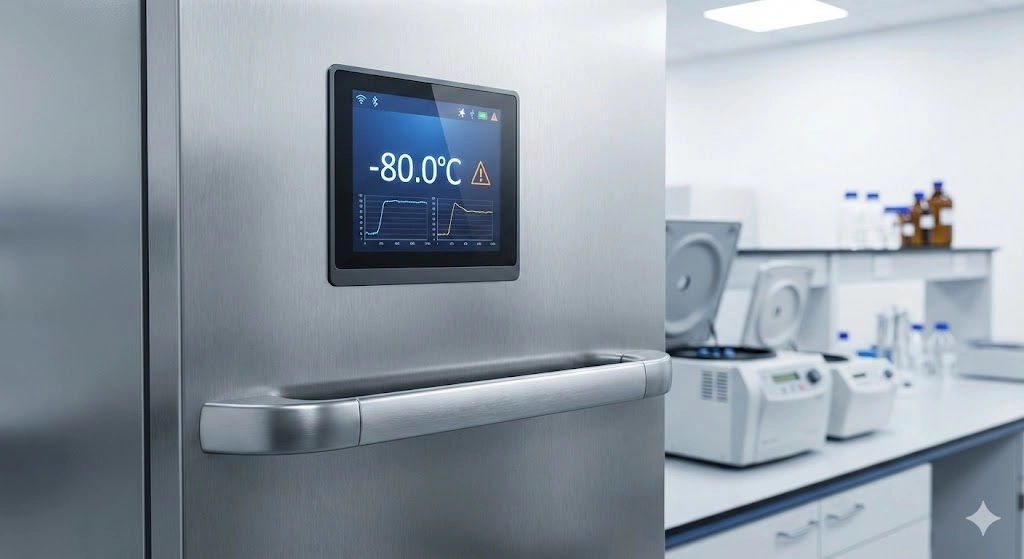
Quick Summary
Thermo Scientific TSX Universal Series - Thermo Fisher Scientific
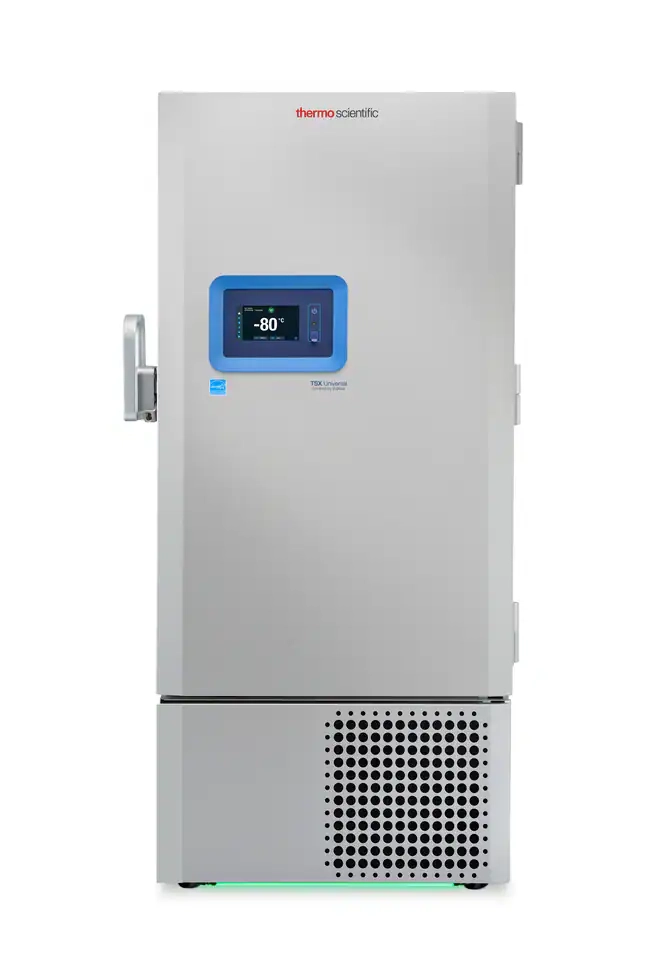
PHCbi VIP ECO SMART - PHC Corporation

Stirling Ultracold SU780XLE - Stirling Ultracold
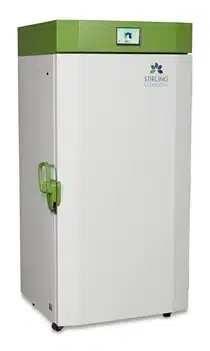
Haier Biomedical Salvum (DW-86L Series) - Haier Biomedical
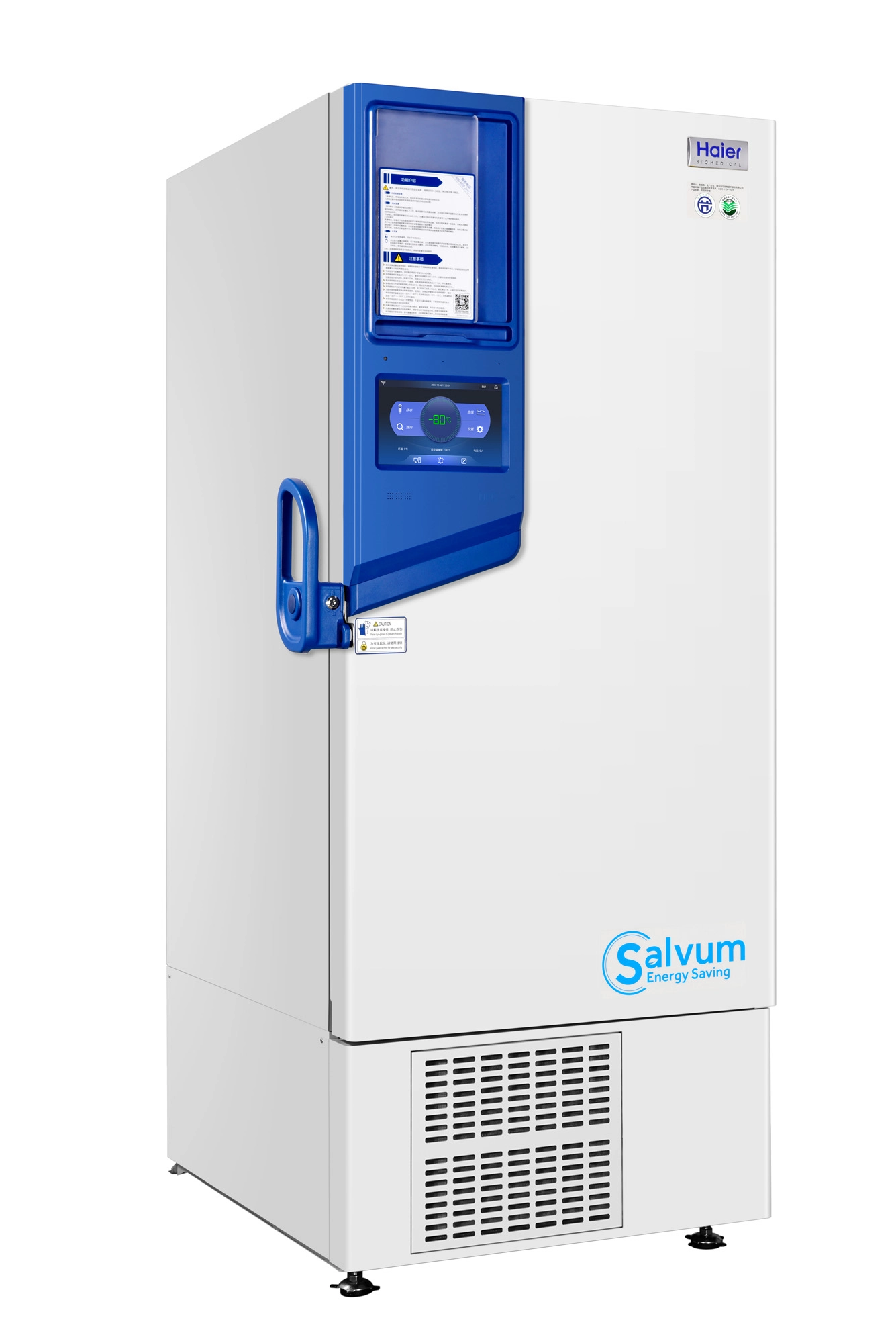
Eppendorf CryoCube F570h - Eppendorf
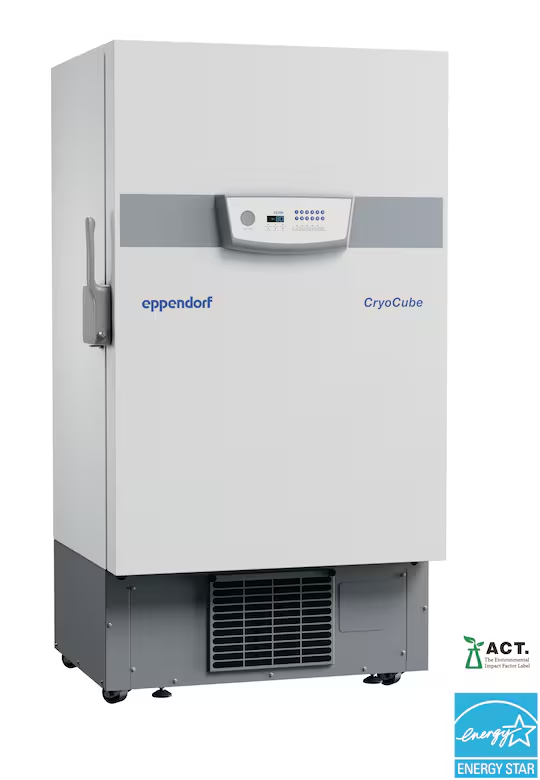
Comparison Table
Conclusion: Choosing the Right ULT Freezer for 2026

